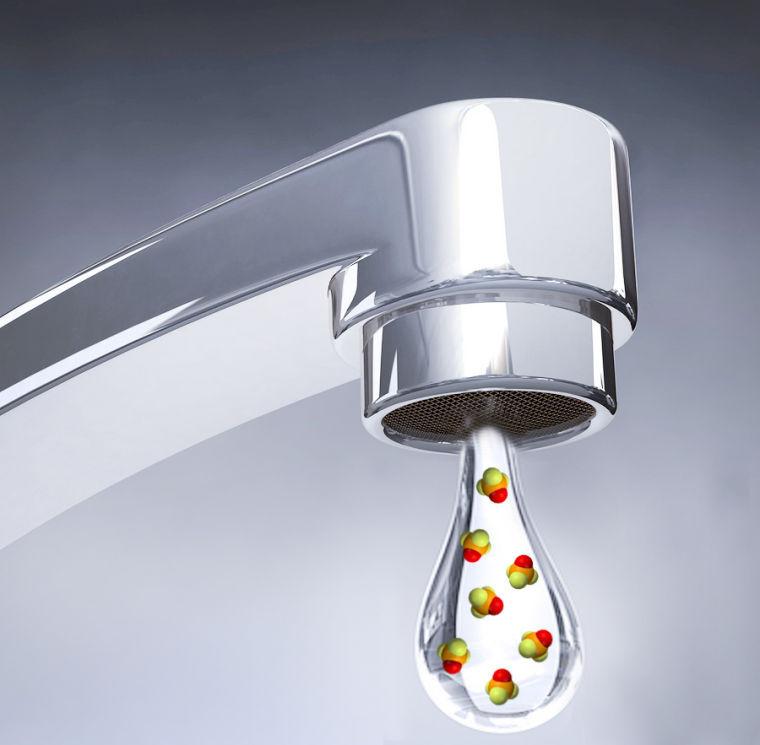
PHOTO ILLUSTRATION BY GREG WILSON
Students aren’t imagining subtle changes to the taste and smells of tap water this month. The water in Raleigh actually does taste more like a swimming pool.
These aesthetic changes come from the city’s reverting to using chlorine-only treatment of its water, rather than chlorine and ammonia, from March 1st to April 12th, according to an article by Edward Buchan on raleighnc.gov.
Every March the city changes its water treatment plan to include a higher concentration of chlorine as well.
Because of this citizens may notice a stronger chlorine odor or taste during this time.
Raleigh’s water is usually treated through a process called chloramination, which combines chlorine and ammonia to sanitize the city’s water.
In the past, Raleigh used a chlorine-only system for water treatment.
However, in 1981 the state began requiring the city to use ammonia in the treatment process to reduce the amount of trihalomethanes in the water system.
Trihalomethanes refers to a group of four chemicals that form as byproducts of mixing drinking water disinfectants like chlorine with naturally occurring organic and inorganic materials in water.
The four trihalomethanes are chloroform, bromodichloromethane, dibromochloromethane and bromoform. Certain studies have shown these chemicals to be carcinogenic byproducts linked also to possible damage of the kidneys, liver, heart, lung and central nervous system.
In December 2001 the EPA regulated that the 100 parts per billion maximum allowable annual average of trihalomethanes in large public water systems be reduced to 80 ppb, according to raleighnc.gov.
The same standard became effective for small surface water and all groundwater systems in December 2003.
Using ammonia in the water treatment process and less chlorine also helps to reduce the concentration of trihalomethanes in the city’s water system.
However, for at least three weeks every year, state and federal regulations require that the Triangle’s public utilities revert back to the chlorine-only process to sanitize water. The reported reason for this is to cleanse the system of bacteria that grow immune to the ammonia.
The water is safe for all normal activities like drinking, cooking and bathing and the short term switch back to chlorine-only should not cause any significant increase in trihalomethane concentrations.
City officials do advise that any customers who use a kidney-dialysis machine or have any type of sensitivity to chlorine should be aware that Raleigh water will contain a higher chlorine content for at least five weeks.
During this same period, Raleigh’s Water and Sewer Maintenance Division conduct a flush of the entire system to quickly disperse the chlorine throughout the city and speed up the process. That flush may cause slight water discoloration for costumers however the water is still completely safe.
The entire process takes about three weeks to complete. The City of Raleigh will resume the normal chloramination ammonia-chlorine water treatment process on April 12 at 10 a.m.